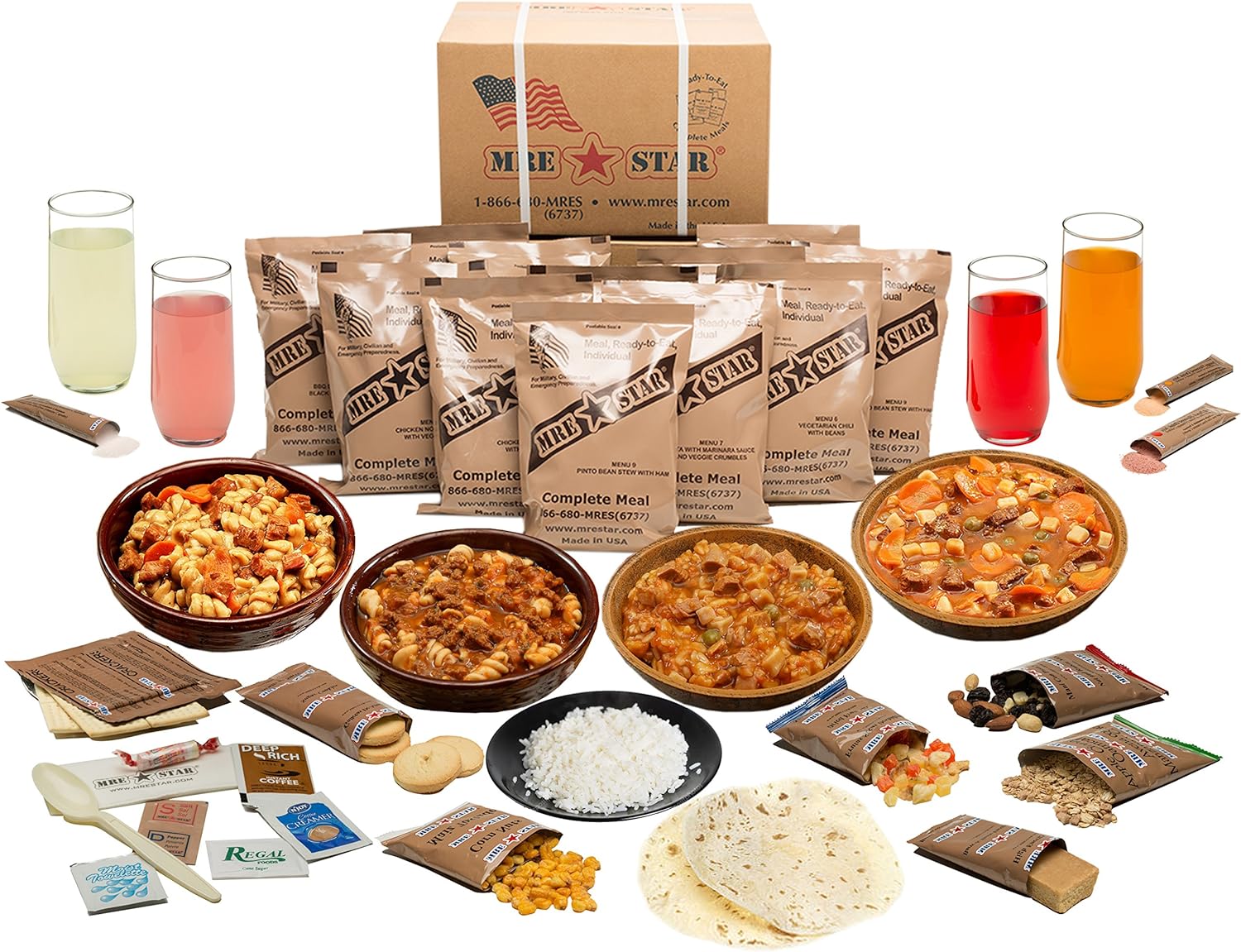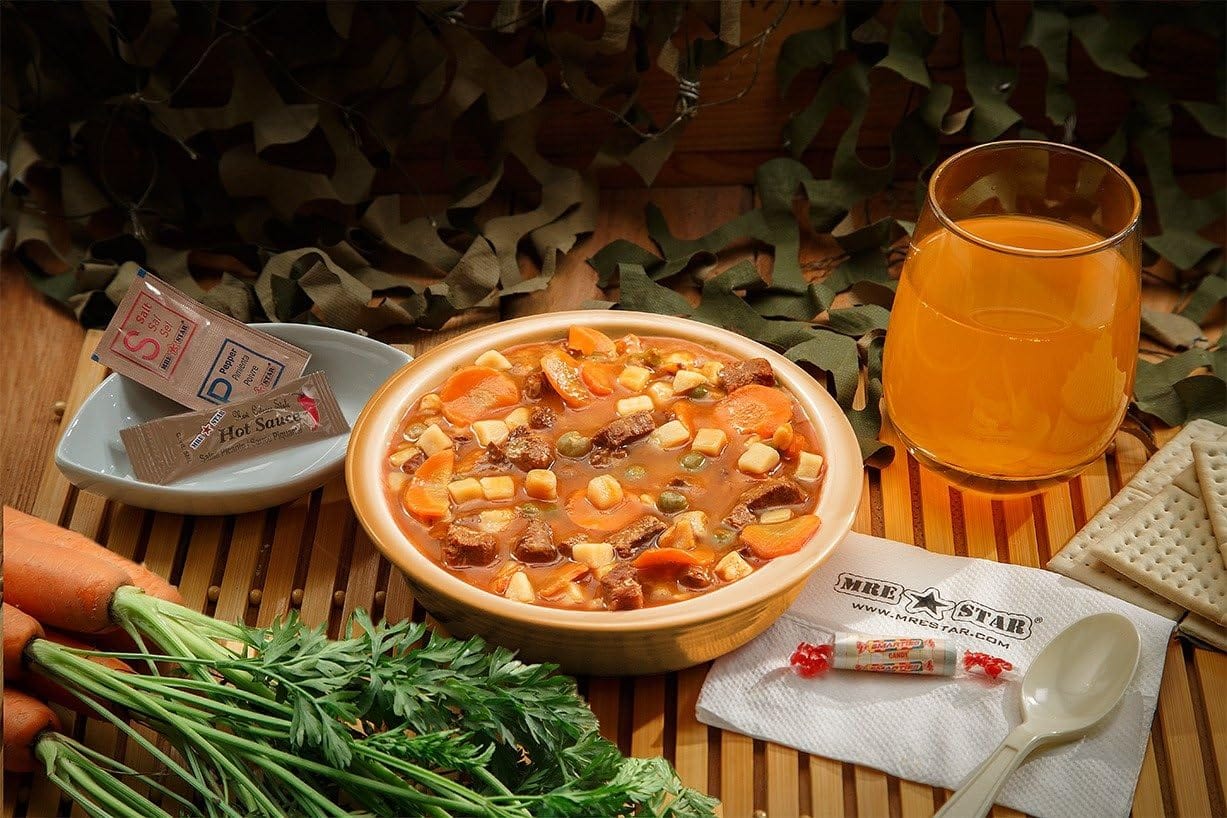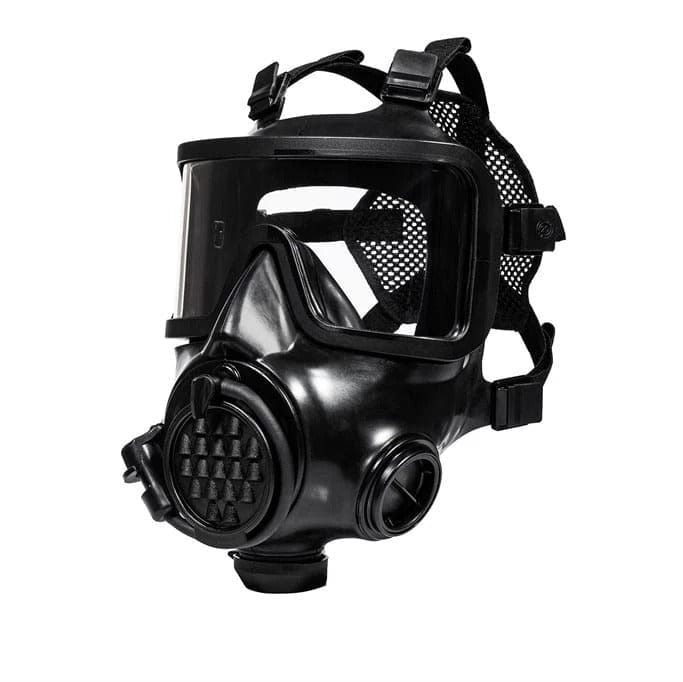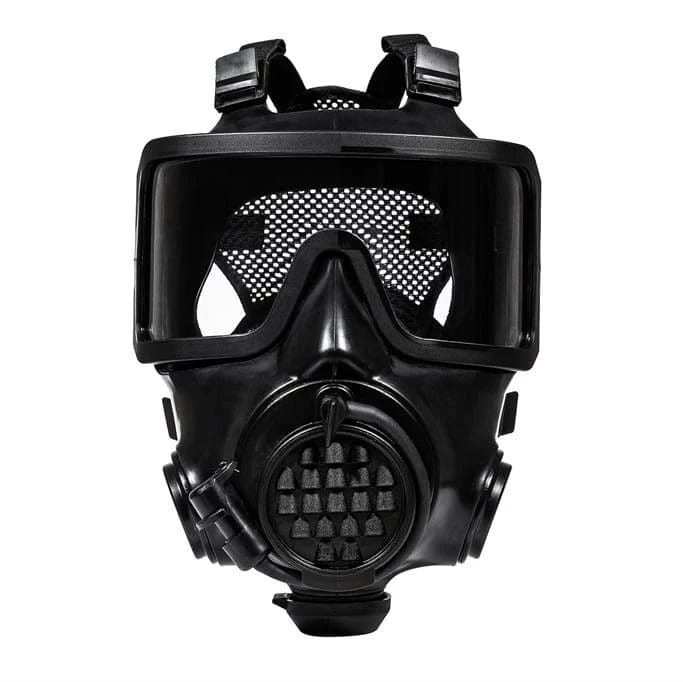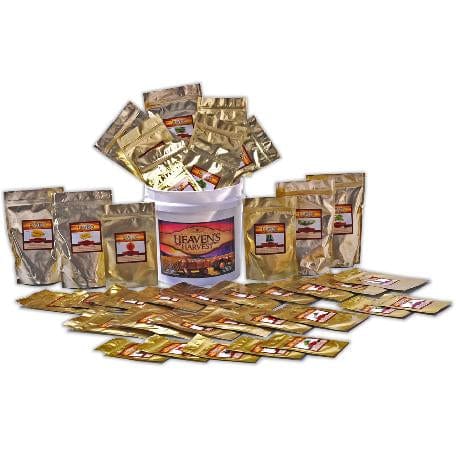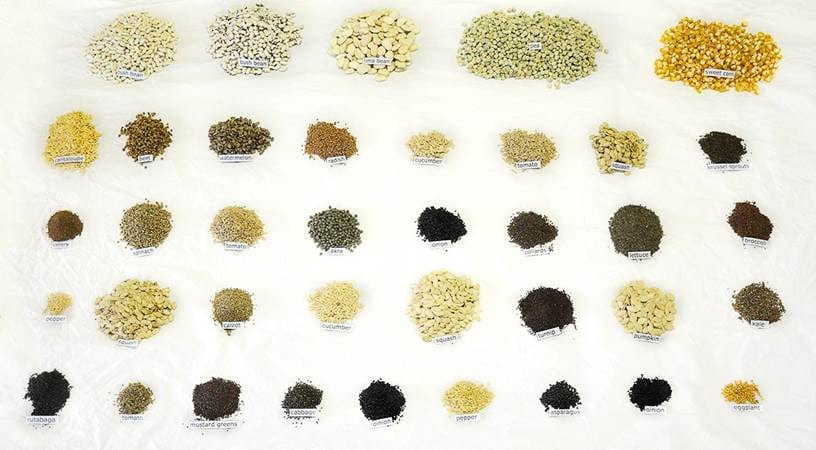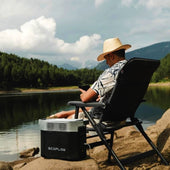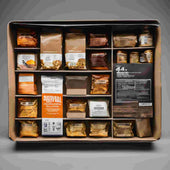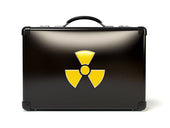It can be challenging to decide what is worth investing your money in, whether you are stocking up for a long-term doomsday-type scenario or want to have a few extras in the cupboard "just in case."
Buying the appropriate goods the first time will keep you prepared and save you a lot of money. Buying items with a limited shelf life is pointless because most people can't afford to replace old products with new ones.
Do you need help determining the finest long-shelf life food items to stock up on? You'll always be ready for anything if your pantry has long shelf-life items. How long do these foods last, though? Do foods that have a long shelf life ever go bad?
What Do Dates on Food Labels Mean?
Consumers often find the different dates on food labels confusing, and some individuals argue that these dates contribute to food waste by causing people to discard food that may not be at its best but is still completely safe to eat.
Infant formula is the only item with a "use by" date required by federal law, and it should never be used after that date.
In addition, manufacturers choose the dates on the label as criteria to guarantee the highest quality:
-
Best-by is the manufacturer's recommendation for the product's optimal flavor and quality. It does not relate to safety.
-
Use By: the last day the product's manufacturer advises consumers to consume it (except infant formula, which should always be kept from its use-by date).
-
Sell By is also unrelated to safety, but is a guide for retailers regarding how long to keep a product on display.
-
Freeze according to the manufacturer's recommendations to maintain quality after the product has expired.
If stored properly, many goods are perfectly safe to eat after these dates.
The extent to which a food is vulnerable to bacterial growth is an essential question when determining its shelf life.
The food is sealed against bacterial growth, and the bacterial count is reduced to safe levels throughout the commercial canning process.
You should rely on your senses to determine whether something is still safe to consume if it is old. Throw away anything that only appears poor, has apparent mold spores, has a black, oily appearance, has symptoms of a pest infestation, or is packaged with water damage. Cans with dents, swelling, corrosion, or rust should be thrown away.
Make sure it smells good if it looks good. The fact that naturally existing oils included in the item can eventually go rancid is one of the main problems with non-canned shelf-stable substances.
Any unpleasant smell, mainly grassy or paint-like, indicates the food has gone bad.
Foods That Last 25 Years or More

Some food varieties can be stored for longer periods—up to 25 years or even more—than others. These food items are designed to have a long shelf life and provide essential nutrients even after prolonged storage.
These items include freeze-dried meals, dehydrated fruits and vegetables, powdered milk, grains (like rice, wheat, and oats), beans, pasta, and certain types of canned goods.
Usually, these products are packaged in airtight cans or containers to maintain their freshness and prevent spoiling. Proper storage practices, such as keeping the food out of direct sunlight and extremely hot or cold temperatures, can further increase its shelf life.
1. Dried Beans Last For 3-40 Years

Dried beans contain many vitamins, healthy fats, and proteins. If kept in a cold, dry place, they can last indefinitely.
When stocking up on dried beans, make sure they are in an airtight bag or sealed container. Often, if you find them in large quantities, they will cost significantly more than buying them unpackaged by the pound. These beans will be more expensive because they are marketed to preppers rather than the general public, unlike regular dried beans, which aren't packaged.
If this is the situation in your area, purchase them in bulk, place them in vacuum-sealed bags, and include an oxygen absorber before sealing them.
2. Powdered Milk Lasts For 2-25 Years
Many proteins can be found in powdered milk; if stored properly, they will last you for at least 20 years. The issue arises when you open the ziplock bags, which are typically sealed, and they come into contact with air.
Once these are opened, you must consume them within a few weeks because changes in oxygen levels and temperature will cause them to spoil.
In the worst situation, the powder may become chunky due to water condensation; at this point, the products are still edible, but their shelf life is significantly reduced.
Be aware that most powdered milk's "best before" marking refers to flavor rather than quality.
3. Canned Foods Last For 2-30 Years
Many types of canned foods are available, including canned meat, some canned fruits, and vegetables.
However, some canned foods, especially meats, have an exceptionally long shelf life, extending beyond 25 years. Additionally, you will find survival meals that can last indefinitely.
4. Liquor Lasts For 25+ Years
The majority of people usually don't keep liquor on hand, but as a prepper, you should always do so because it has an almost endless shelf life and may be used for bartering in addition to being consumed.
Just be cautious because only hard liquor has a lengthy shelf life, and not wine and beer, which are softer alcoholic beverages.
Although wine grows with age, today's wine market is flooded with artificial wines created from chemicals and powders that lack the characteristics of traditional wine.
5. Pasta Lasts For 4-30 Years
Pasta is easy to prepare, has a long shelf life, and doesn't need special storage conditions. While there are many types of pasta, not all have long shelf lives.
Dried pasta can be stored for a long time, but precooked pasta cannot. The same is true for any pasta you find in a can or with a sauce, as the sauce will cause it to spoil over time.
If properly stored, pasta has a long shelf life, making it one of the best survival meals.
6. Dehydrated Fruits Last For 5-25 Years
While thousands of different types of dehydrated foods are available, most have very short shelf lives.
Dehydrated fruits are one of those meals that you are better off making yourself. Because not all dehydrated foods have the same shelf life, and the fruits with the lowest shelf life will begin to go bad and contaminate the other fruits, bags of mixed dehydrated fruits pose the biggest concern.
Additionally, most packaged dried foods contain many chemicals and preservatives. If you choose dehydrated fruits, check to see if they are vacuum-sealed and contain only one type of dehydrated fruit.
7. White Rice Lasts For 5-30 Years
Most preppers prefer stockpiling rice because it is inexpensive, easy to prepare, nutritious, and relatively simple to store. Although buckets can be used to store rice, adding an oxygen absorber and sealing the bucket is the best method.
White rice has a longer shelf life, but if you buy it in bulk, there's a good chance the rice isn't of the greatest quality, and your container may also include dirt, insects, and insect eggs. By including an oxygen absorber, any insects will be killed off, and the bug eggs will not hatch.
8. Oats Last For 2-25 Years

Oats are high in fiber and carbohydrates, whether rolled, powdered, or in any other form. One advantage is that, with proper storage, they can easily last for 25 years and still be delicious.
They are also quite affordable and versatile when it comes to preparation. Oatmeal can satiate you quickly since it swells in your stomach quickly, making you feel full much more quickly than with most other types of meals.
9. Cheese Lasts For 1-35 Years
While not every cheese is suitable for long-term storage, some that will last for decades if kept in the right conditions.
Parmesan cheese is the best choice because it contains very little water. Many hard cheeses are available; however, consider how to store them before purchasing in large quantities. If you must store them in the refrigerator, their shelf life will be short.
10. Wheat Lasts For 1-25 Years
Wheat can be purchased in bulk for a reasonable price. When handled properly, it may have an incredibly long shelf life.
White flour has a long shelf life if it remains dry, although wheat typically needs to be processed into white flour before use.
11. Powdered Eggs Last For 10-30 Years
Despite having a very long shelf life, powdered eggs can be consumed alone or in combination with other dishes.
One of the main issues with powdered eggs is that they are quite susceptible to temperature changes. If you decide to store them, ensure they are in a place with good ventilation, in an airtight container or a waterproof bag, and as an extra precaution, even in an oxygen absorbent.
12. Whole Nuts Last For 1-30 Years
Whole nuts can last a very long time if they are stored properly. Make sure you vacuum seal them and store them in a cool, dark place.
13. Sugar Lasts For 5-30 Years
If stored properly, sugar has an unusually long shelf life. Since sugar prefers to take water from the air, humidity is its primary issue. If there are significant temperature swings, this can happen rather readily.
14. Honey Can Last Forever

Honey has an extraordinarily long shelf life—not just a few hundred years, but thousands of years.
Individuals have often discovered honey that is still edible in ancient Egyptian pyramids. Since sugar is present in practically all foods we purchase today, people frequently misjudge our dependence on it.
Honey is a fantastic substitute for sugar if you can't find it in an SHTF environment. Due to its antibacterial properties, honey can treat various diseases and wounds, and it also has high nutritional value.
15. Maple Syrup Lasts For 1-50 Years
Maple syrup has a substantial sugar concentration and a long shelf life. Like honey, it can be used as a food source and a temporary glue to cure small wounds.
Oxygen poses the greatest threat to maple syrup's shelf life. If exposed for too long, mold can develop on the surface. However, if the mold is removed and the lid is tightly sealed, the syrup will remain safe to eat.
16. Cocoa Lasts For 3-25 Years
Given its lengthy shelf life and low price, cocoa is more of a spice than a food product. Even though all food products have an expiration date, these are typically still safe to eat after that date.
Be cautious of cocoa mixed with milk, sugar, and other ingredients, as these tend to have shorter shelf lives than dark chocolate. Opt for dark brown chocolate in its purest form for a longer shelf life.
17. Bouillon Cubes Last For 2-25 Years
Although they have a very long shelf life and are frequently used to prepare certain soups and sauces, bouillon cubes have essentially no nutritional value other than the salt they contain. However, adding bullion cubes to any dish is a tasty way to spice it up.
18. Salt Lasts For 5-25 Years
In addition to having an almost endless shelf life, salt is vital for human life. Lack of salt can lead to various health issues, including weariness, drowsiness, and lack of coordination.
For thousands of years, people have used salt not only for eating but also for food preservation. Any meat may be preserved with merely salt and, in certain circumstances, by smoking it. Salt absorbs moisture and also kills bacteria.
19. Baking Soda Lasts For 2-25 Years
You can easily buy baking soda in bulk for a low price and use it as a cleaning agent and a cooking aid; just be careful not to let it come into contact with water, as this will significantly shorten its shelf life.
20. Cornstarch Lasts For 50+ Years
Although you can produce your cornstarch from dried corn, there is no need to because cornstarch is widely available and reasonably priced in large quantities. In addition, cornstarch can be used as food and a temporary glue.
21. Pemmican Lasts For 5-25 Years
While Native Americans made pemmican with meat, fat, and vegetables, the contemporary pemmican available in supermarkets is primarily made of meat and contains preservatives.
I recommend making your pemmican. All you need is some meat, animal fat, and vegetables. It is best to combine all the components, add a lot of salt, and smoke the mixture before placing it in a vacuum-sealed bag, as it is sensitive to humidity and temperature changes.
22. MREs Last For 5-30 Years
The military most frequently uses ready-to-eat meals, which typically have only a few years of shelf life.
One of the main issues with these long-term MREs is that they are quite expensive for something you might never use.
As the prepping community and industry expand, you can now find MREs with a shelf life exceeding 25 years. If you stock your food pantry with MREs, be aware that most of them contain everyday items packaged in special bags filled with preservatives.
23. Ghee Lasts For 5-30 Years
While some people call ghee butter, it has been a purer form of butter used for thousands of years in ancient India.
Ghee has a far longer shelf life than conventional butter, which has a very short one. However, ghee typically costs too much to store effectively.
24. Hardtack Lasts For 5-30 Years
Although it is not very nourishing and has a terrible flavor, hardtack has been used for thousands of years, notably by troops.
However, it does survive for a very long period. Since insects love hardtack, and some even use it for their larvae, how you store them poses the biggest threat to them, as sailors have known for decades.
25. Instant Coffee Lasts For 2-25 Years
Instant coffee has a nearly limitless shelf life as long as it doesn't contain natural dairy ingredients. It can be used as a barter item in addition to its nutritional worth.
26. Ramen Noodles Last For 1-25 Years
Like pasta, ramen noodles are an excellent staple to keep on hand for extended periods. If they remain dry, their shelf life will be significantly shortened to a few months if cooked or covered in sauce.
27. Soy Sauce Lasts For 3-25 Years
Soy sauce has a very long shelf life and a very high sodium content (salt) level. Some soy sauces contain so much sodium that you could theoretically pickle other things or use them to preserve meat after the liquid evaporates, leaving only the salt behind.
Remember that getting water will be difficult during a major SHTF, and since soy sauce contains a lot of salt, you will need a lot of water to digest it.
28. Spam Lasts For 5-25 Years
Spam is not typically thought of as a long-term food, but it is affordable, highly nutritious, and has a long shelf life. It contains some preservatives, but its high salt content makes it nonperishable for an extended period.
29. Tea 2-25 Lasts For Years
Since tea has been consumed for thousands of years, what were once considered expensive products are now available in every market. Before purchasing tea, it's crucial to remember that fruit blends have a much shorter shelf life than pure tea leaves.
30. Corn Lasts For 5-40 Years

The world is full of corn, which is regarded as a staple food in many nations. Be careful while hoarding corn; always choose dried or dehydrated varieties since canned corn has a shorter shelf life than dehydrated varieties.
Cans of corn can be stored for up to two years without becoming bad, but after that point, they will start to swell and become unsafe to eat.
Choose Your Long-Term Survival Foods Wisely!
When prepping for the future, remember that even properly stored food might be impacted by rodents, weather, water, people, or other disasters.
Planning and having backup survival strategies are essential. Food that lasts 25 years must still be usable when you return to it; simply storing it for 25 years is insufficient.







